The Automation of Senior Healthcare
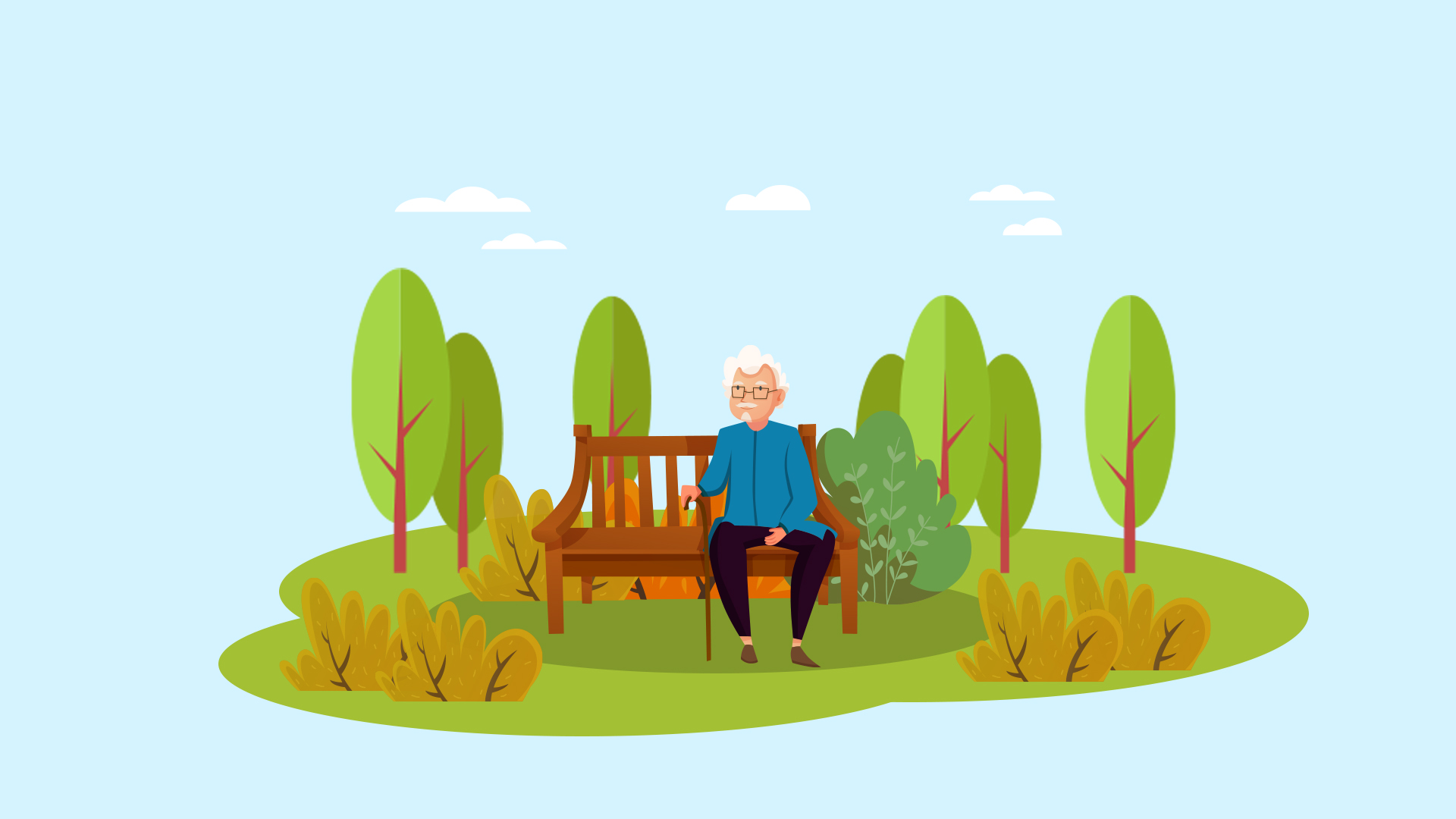
Background
Many human geographers support the idea of the demographic transition. It is a very simple model highlighting the different stages a population goes through.
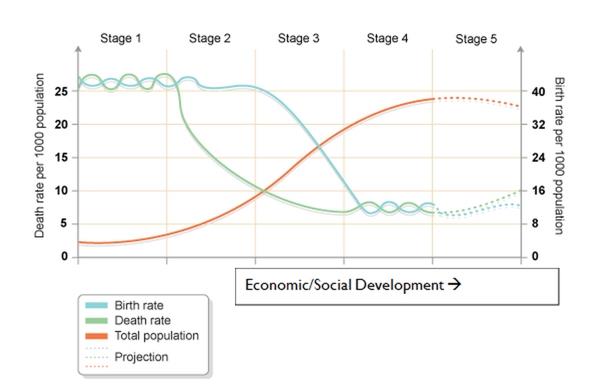
Before medicine and all the other comforts of modern civilized society, the sole focus of most people was to survive. Anything could kill them, bug bites, little cuts, lions, starvation, these used to be a pretty big deal. People used to die… all the time.
Surviving is not just an individual’s immediate life, but also their children’s lives, and their children’s lives, and so on. So to balance a high death rate, there was a high birth rate. It was common to have tons of kids because, in all likely hood, a lot of them would not make it.
However, as people began discovering new sciences and technology, the death rate plummeted. But for the most part, people were still in that survival mindset. In the 20th century, they were wars to be worried about… nuclear bombs!
Against all odds humanity didn’t completely annihilate itself and the population exploded.
But now, in the 21st century, humans are starting to adapt to the new reality. And in highly developed nations, birthrates are declining. And in some cases, there is negative population growth. This will lead to a large elder population supported by a shrinking working population. And this trend will continue as the whole world enters stage 5 of the demographic transition.
Overpopulation Implications for the Elderly
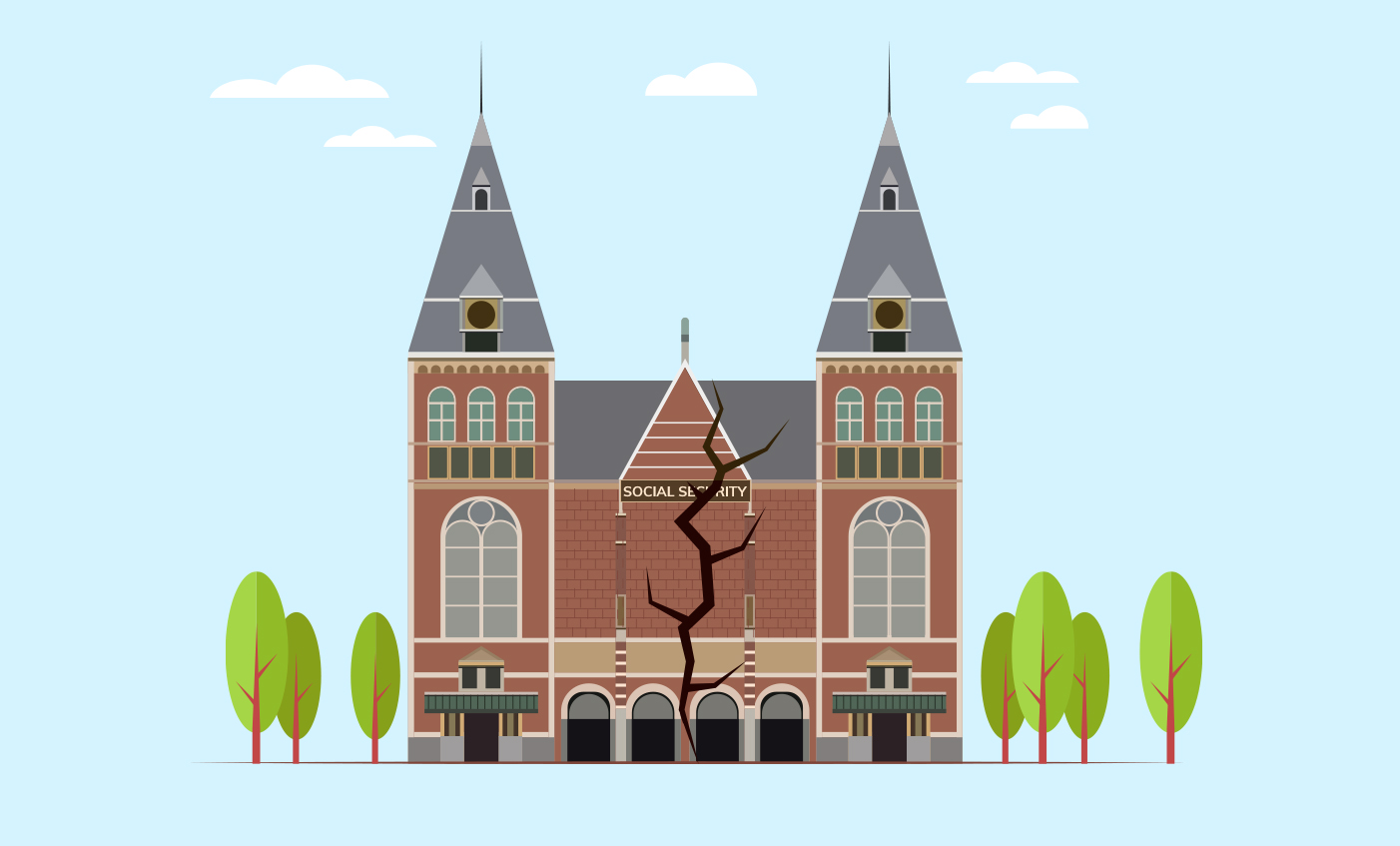
The term baby boomer is a term often thrown around in our culture. But, there was an explosion of babies in the mid 20th century as the world wars ended. And those babies went on to support their parents, the silent generation.
In a time when things were simpler, medicine was not so advanced, but it wasn’t too expensive either. These baby boomers fed into, in America’s case, Social Security. Not including the fact, multiple children could support two older relatively easily. Additionally, people back then didn’t live as long as they do now, so Social Security was not being strained.
In America’s case, there is still money in Social Security that could support senior citizens for the next few decades. And in many other nations, this is the case. But it is inevitable, our population will reach a point, where the current model of support will no longer be viable.
This, coupled with the eventual bloatation of bureaucracy, the overburdened and over-taxed middle class, inflation, stagnant wages, and some global threat(like the coronavirus), suggests that society needs to switch its paradigm on how to take care of the elderly, and especially how healthcare operates.
What are some of the challenges the elderly face in the 21st century?
The main challenge the elderly face is a lack of freedom. They are often held down by their economic, medical/physical, and mental conditions. It was once said, the young have all the time and energy, but no money. The adults have all the money and energy, but none of the time. And the old have all the money and time, but none of the energy.
Time and Money
But in the 21st century, the precept the old have money isn’t even as true anymore. Partially due to the problems highlighted in stage 5 of the demographic transition. But also due to the stagnation of innovation. Services rendered have not become more affordable, but the opposite. And this is especially true for daily elderly care.
Some studies predict Seniors will have to pay 1 out of every 7 dollars of their retirement income on medical bills. About a 40% increase from 2012.
As a result, many senior citizens are re-entering the workforce. Which negates the traditional free “time” aspect of the equation as well. According to the Census, from 1999 to 2019, elder citizens have grown from a 10% share of the workforce to a 15% share of the workforce. This trend will only continue as the years pass by unless something is done.
How do seniors lose their health faster than they should?
But those issues only concerned time and money. What about energy? Energy is really just another way of talking about health. As a person’s health deteriorates, so does their energy.
There are four ways seniors lose their health and lives faster than they should:
1. Bad eating habits. This is relatively common knowledge, eat healthier, and live longer. The instant gratification of a pancake every morning pales in comparison to the potential years lost on this Earth, and the quality of them. No longer are we eating fresh produce and wild animals and natural cows and chickens. Food has been mutated into processed clumps of artificial chemicals made more appetizing by excessive amounts of sugars and artificial sweeteners.
2. Lack of physical activity. For millennia, the only humans who survived were the strongest. Their bodies were fine-tuned for the wild. At the dawn of agriculture, the vast majority of humanity worked excessively for harvests. During the industrial revolution, people worked too much, and health rapidly deteriorated for many. And finally, the computer age, where a lot of people are working at their desks. And if not, technology is helping. As a result, many have weak hearts and excessive fat along with a plethora of other health issues.
3. Stress. As humans have become more comfortable survival wise, people have begun focusing on many things. The average adult focuses on bills, taxes, careers, kids, their kids’ education, their kids’ upbringing, parents, their parent’s health, their kids’ baseball practice, social connections, house maintenance… just to name a few. All these things pile on the stress, that if not accounted for, can become apparent in an individual’s later years. Blood pressure, muscle atrophy, mental illnesses. That’s not even considering the prevalence of drugs and alcohol and what effects those could entail… liver damage for example.
4. Lack of preventative measures. Eventually, all bodies will begin to fall apart. And no human is perfect, not even the fitness freaks. Somethings are always lacking somewhere. And our understanding of what should not be lacking is constantly expanding. These issues compound over a lifetime and erupt terribly in old age.
The problem with senior reliance on others
As a result of these confounding factors, many seniors experience mobility issues, health issues, mental issues. They may need to more readily rely on external forces like children, friends, nurses, and government assistance. The more one relies on others, the less free they are.
What can be done?
The answer is simple: affordable technology that gives more freedom to senior individuals. Technology that solves the health problem, while taking care of the money problem, which buries the time problem because seniors would not have to work as much.
Monitoring
Senior citizens are at risk and as result many rely on in-home caretakers. These are often loved-ones who take time off from work or school, or paid nurses and care-givers. They are responsible for making sure the senior is healthy and active.
Paid Elderly Care
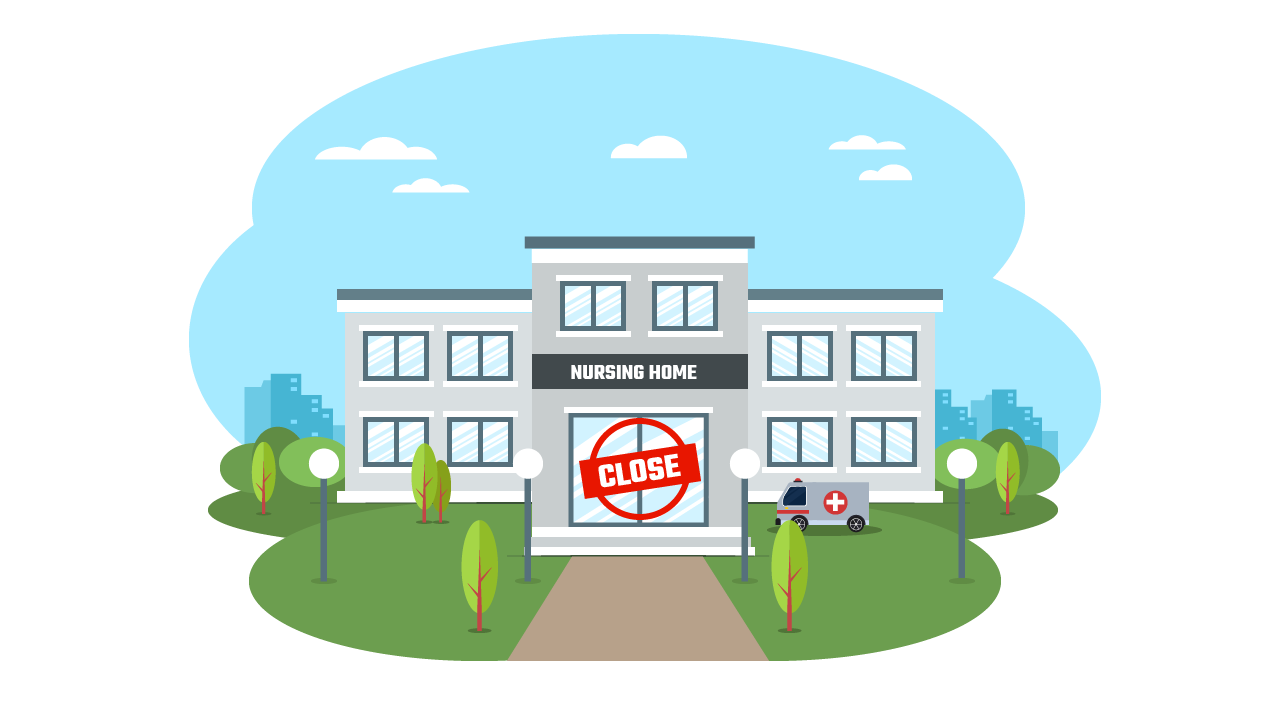
Nurses might check emotional wellbeing, blood concentrations, vitals, physical activity, eating habits, medication consumption, and more. However, these services can cost upwards of $90,000 and more for quality.So many opt for nursing homes, which can cost around $40,000 to $85,000 dollars per year.
This system is further complicated due to the prevalence of confusing Medicare/Medicaid programs that vary by state, complicated/expensive health insurance plans, hard paperwork, and impersonal corporate nursing centers. All of which create an unpleasant experience when establishing care for seniors.
And due to the lack of optimization and innovation, these costs are only expected to increase. Average rates for these necessary services have only increased over the past few years, and are expected to further increase. Some studies suggest that by 2028, in 8 years, Semi-Private rooms will be expected to cost $128,000 per year, and private rooms about $135,000 per year.
One would expect these options to be the best… if it’s expensive– it should be great right? But consider the new reality. Covid-19 has spread around the world killing hundreds of thousands. While many young and healthy individuals are typically fine, the same cannot be said about the elder population.
Effect of COVID On Nursing Homes
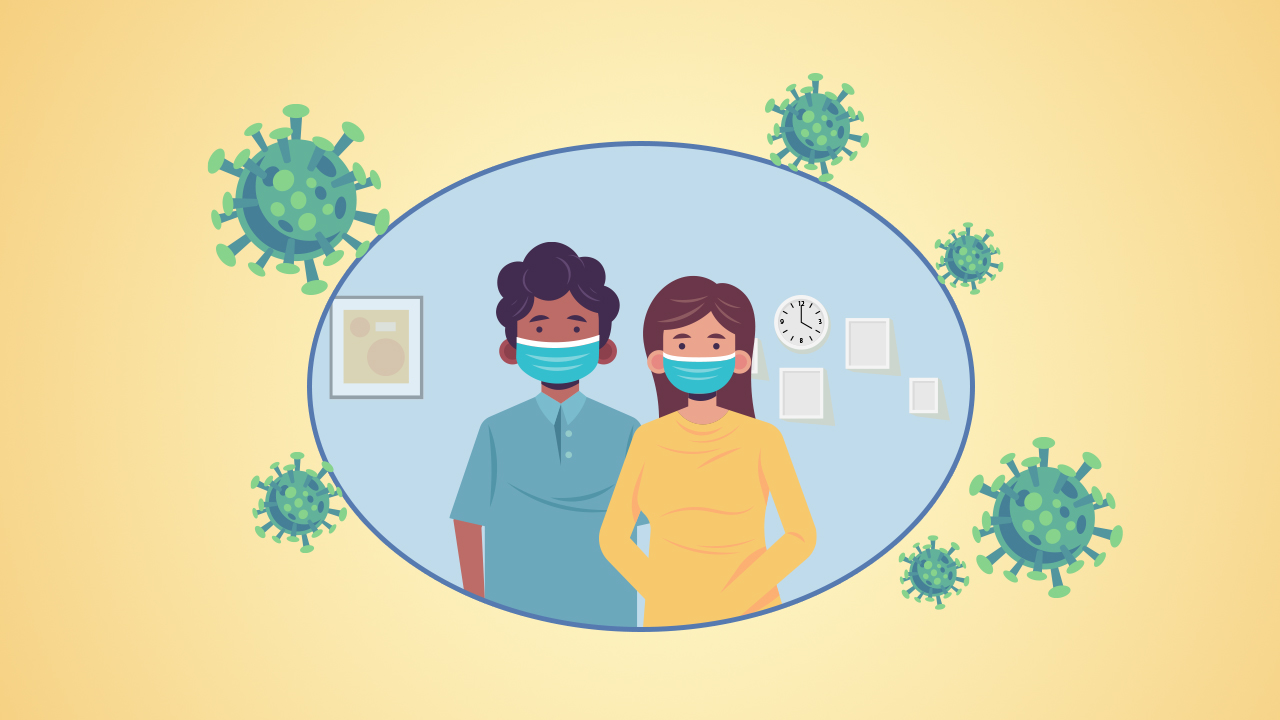
8 out every 10 corona deaths have been individuals above the age of 65 years. 45% of all covid-19 deaths have been related to nursing Homes and &assisted living facilities. It makes sense considering these are closed spaces with a high population density. Also, tens to thousands of workers are moving in and out of the building: cooks, nurses, cleaners, repairmen, etc.
One should also assume the risk carries over to in-home care. If a senior individual relies on external forces for assistance, the risk of infection is greatly increased. Caregivers coming in and out, teenage grandchildren dropping by after school, the threats are countless.
Family Burden of Elder Care
Also, one should understand, even if elder care is administered by a family member, it might cost just as much in terms of lost productivity. While it may seem heartless, the stats are startling.
According to MetLife statistics, roughly 10 million people over the age of 50 years take care of aging parents. The vast majority of this population are middle-aged women who leave work in hopes of taking care of their families. A MetLife report claims this leads to an average expenditure of $143,000 dollar. This number accounts for lost wages and lowered future wages when returning to the workforce with rusty skills.
Senior Dignity
Also, consider the severe shock to one’s ego when they need someone to constantly monitor them. If one looks at clinical depression statistics among senior citizens in elder care. The rate of depression among the overall senior population is 1% to 5%. However, among those in nursing homes, those receiving home healthcare, and hospitalized seniors, 13% suffer from depression.
Technology needs to be created to make sure seniors are more free and independent.
Possible Solutions for the Senior Lifestyle
Instead of using humans, who are full of flaws and inconsistencies (and cost a lot), technology should be used to monitor the well-being of senior individuals. Upon contemplation, advanced machine learning algorithms and artificial intelligence have the capability to understand the health of an individual much deeper than humans. They have the ability to cross-reference massive swaths of data no individual has the capability of processing and then applies them to a user’s unique situation.
These emerging technologies can revolutionize the process of daily care, from detection to prevention, bio-sensors, visual systems, panic systems, intelligent robots, and IoT (internet of things) devices. All of these systems can be applied to various use cases.
Medical Alert Systems / Panic Buttons For Elder Care
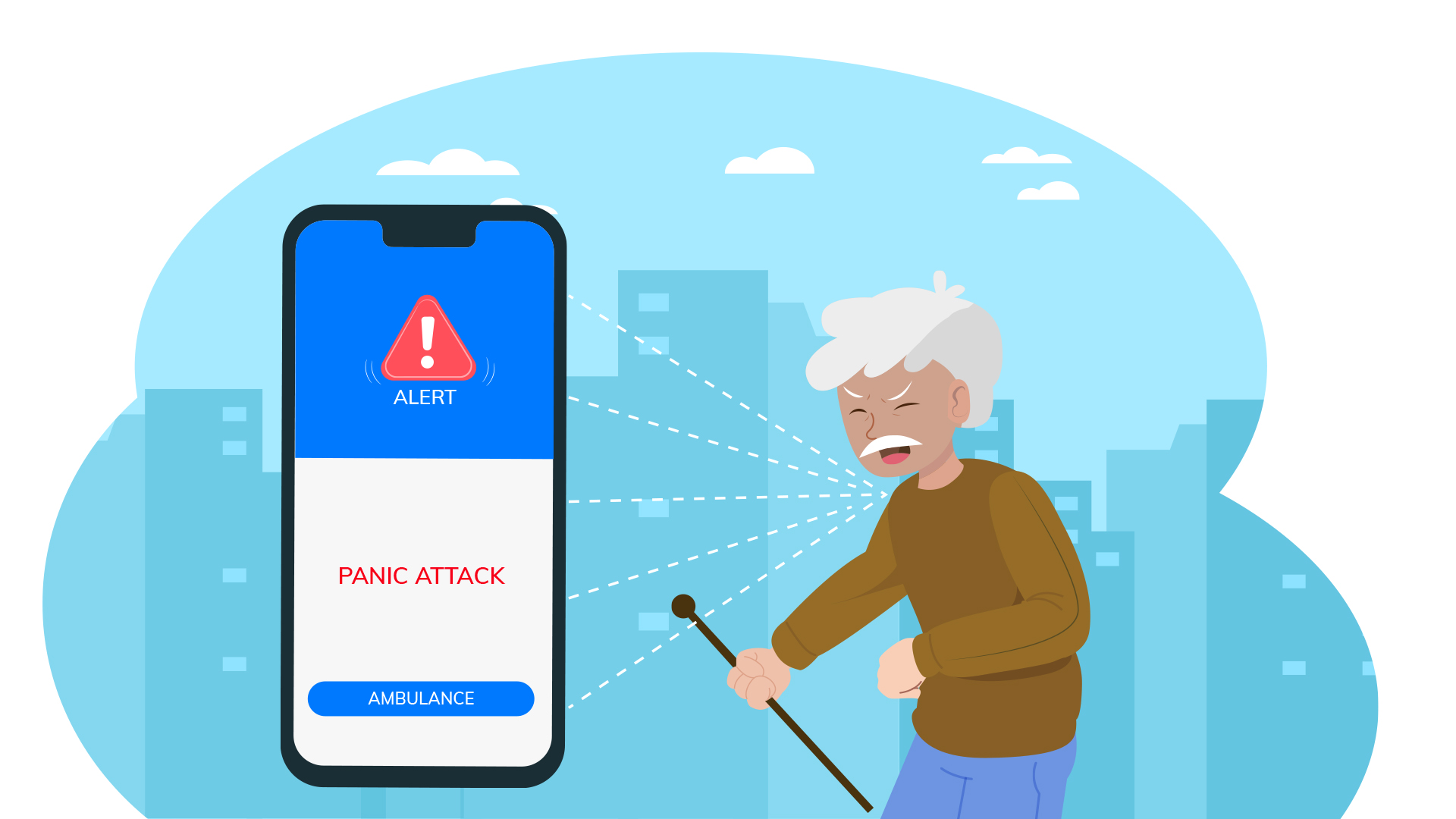
The first step to senior independence is emergency medical alert devices or panic buttons. These systems are necessary for seniors as they are more vulnerable to different stimuli, and may lack the physical ability to help themselves or call for help in an effective manner.
While calling 911 may seem easy, it is much harder during a stroke. Finding your phone which may be lying around somewhere, pulling it out of your stubborn pockets, opening your phone, typing in 911, is daunting during a panic emergency.
Also falls represent 50% of senior injury-related deaths. According to the CDC. One in four Americans aged over 65 falls each year. An older person dies every 19 minutes from falling. In 2015, the total cost of falls was $50 billion. It is expected to cost roughly $68 billion in 2020.
In the event of an emergency, with medical alert systems, users have the ability to quickly press a button attached to a necklace to send out an S.O.S. for help. If the system has voice capabilities, senior users are put in touch with operators associated with the company. They then establish contact with caretakers and 911 (if necessary).
For systems without voice, an S.O.S. is sent out to caretakers who can then figure out what to do. Call neighbors, call 911 or rush over.
Sometimes these medical alert systems or panic buttons are outfitted with GPS trackers. These are ideal for seniors on the move, and seniors with mental illness who may become lost.
You may be familiar with companies like life-alert or medical guardian, there are many of them. These systems are very useful and they save many lives, which is priceless.
But it does come at a price, a steep one. Making it very hard for many senior citizens and families to acquire them. Some systems cost hundreds of dollars to install, and cost hundreds of dollars per year to operate. On top of that, these companies have confusing sales models and subscription plans, varying features and quirks, and hidden costs.
These systems may be cheaper than having a constant at-home nurse, but they are still out of reach for many people.
To acquire them is a complicated process made harder by the slow bureaucracy of insurance companies which may or may not cover them. Many Medicare plans don’t cover them.
These companies have high-profit margins because people are willing to pay for the safety of their grandparents. The increased cost is also derived from the way they operate. They rely on outdated landline and cellular services, inefficient data protocols, and a large army of human operators that manage emergencies.
However, with modern battery and data-efficient technologies, automation and artificial intelligence, medical alert technology can become more accessible, and very effective. When a device that is truly mobile (cellular + GPS), long-lasting (months of battery life), and affordable (a couple of dollars a month), is made available for the public, then this problem is solved.
Visual Systems and Smart Cameras for Elder Care
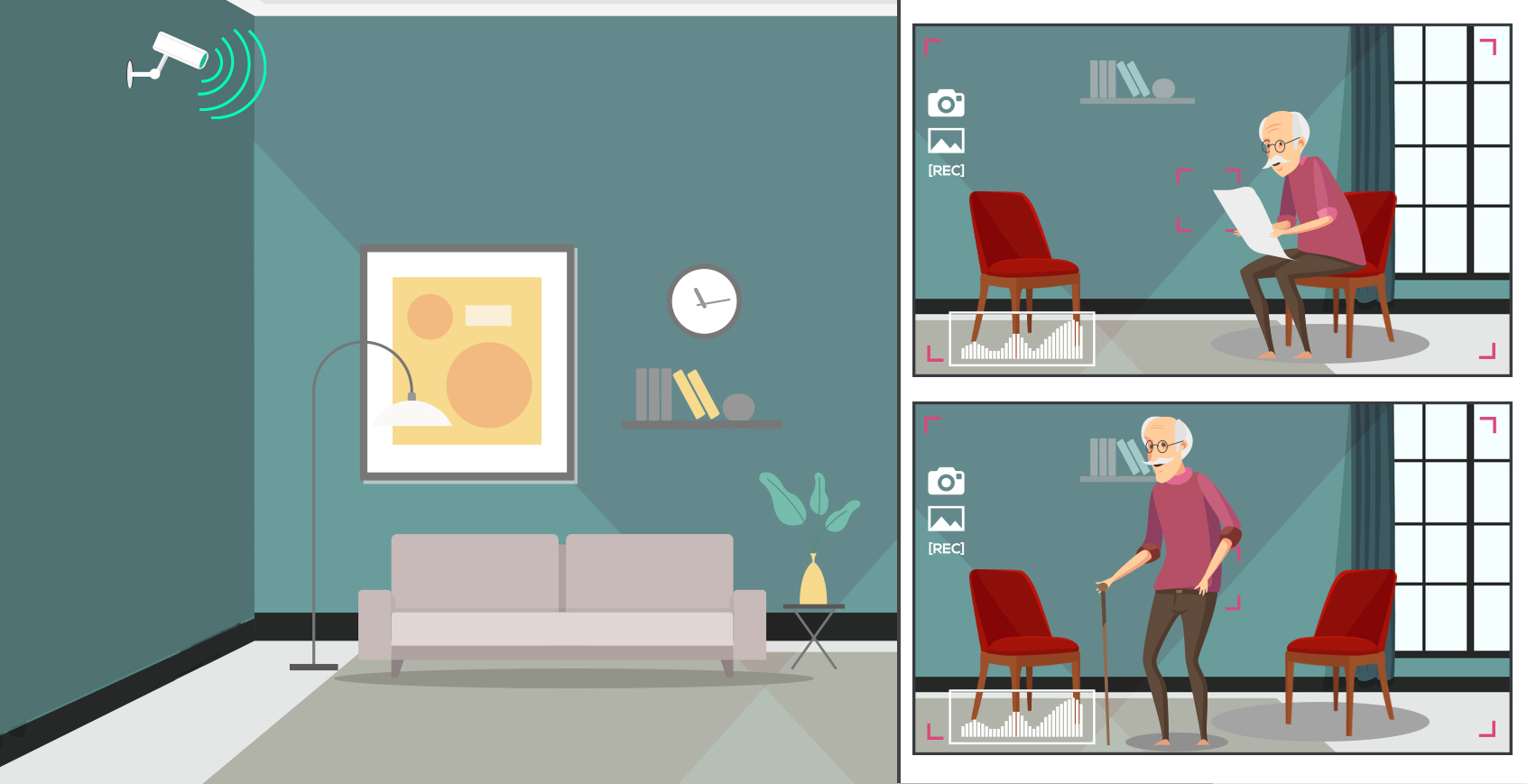
Many seniors are at-risk for sudden medical emergencies. This may be heart attacks, strokes, seizures, etc. There is also a subset of the population with mental illnesses like dementia, alzheimer’s disease, schizophrenia, Bipolar disorder, and clinical depression.
Depending on the situation, these individuals may need a certain degree of supervision. For example a caretaker may check, if they are safe and healthy, if they are taking their medication properly, their emotional state, their mental well-being, if they are developing bed sores.
One way to think of human caretakers is as a visual system. They take in information from their eyes and ears to create an image, they compute this information, and then they cross reference this information with the individuals unique characteristics and their own personal experience garnered over the years,and then they choose a response.
However, as stated earlier, these human visual systems tend to be very expensive and not very efficient.
Perhaps smart camera’s within the home are better solutions. Strategically placed around the home, this system would have the ability to monitor the well-being of senior citizens, and replace the necessity to have nurses and caretakers constantly enter and leave the home.
It would have the ability to detect emergencies of any kind, and automatically alert caretakers and 911. It would have the ability to monitor medicine habits, emotional states, mental well-being, to a much deeper level than most trained nurses.These systems would never be tired, distracted, or indifferent.
Imagine, a senior with a diabetic condition starts to seem a little bit more agitated than usual,seems to be drinking more water than usual, is staggering in their steps a little bit. The system would recognize this and also remember the senior skipped out on a few insulin shots in the morning. These symptoms and actions may go unnoticed by loved ones, but easily detected by a smart visual system.
Caretakers would then receive a notification, stating that their loved one’s blood sugar is low from where they can assume control. They might call them through the smart camera. Or call a neighbor. Or just relax and let a robot handle the situation. Many hospitals are using similar technologies to manage bed sores for bedridden individuals. This technology can be used in private homes and have a profound effect on elder care.
There are few visual systems on the market. But the problem with many of them is cost and the scope of their analytical properties. Some only detect falls, others detect symptoms like excessive coughing or staggering. None of them cross-reference information about the user and historical data. Many of them are just glorified spy machines, as people are on the other side weighing a situation.
None are part of an intelligent ecosystem of technologies, but a one-off gadget.
Possibilities of Robotics and IoT in Elder Care
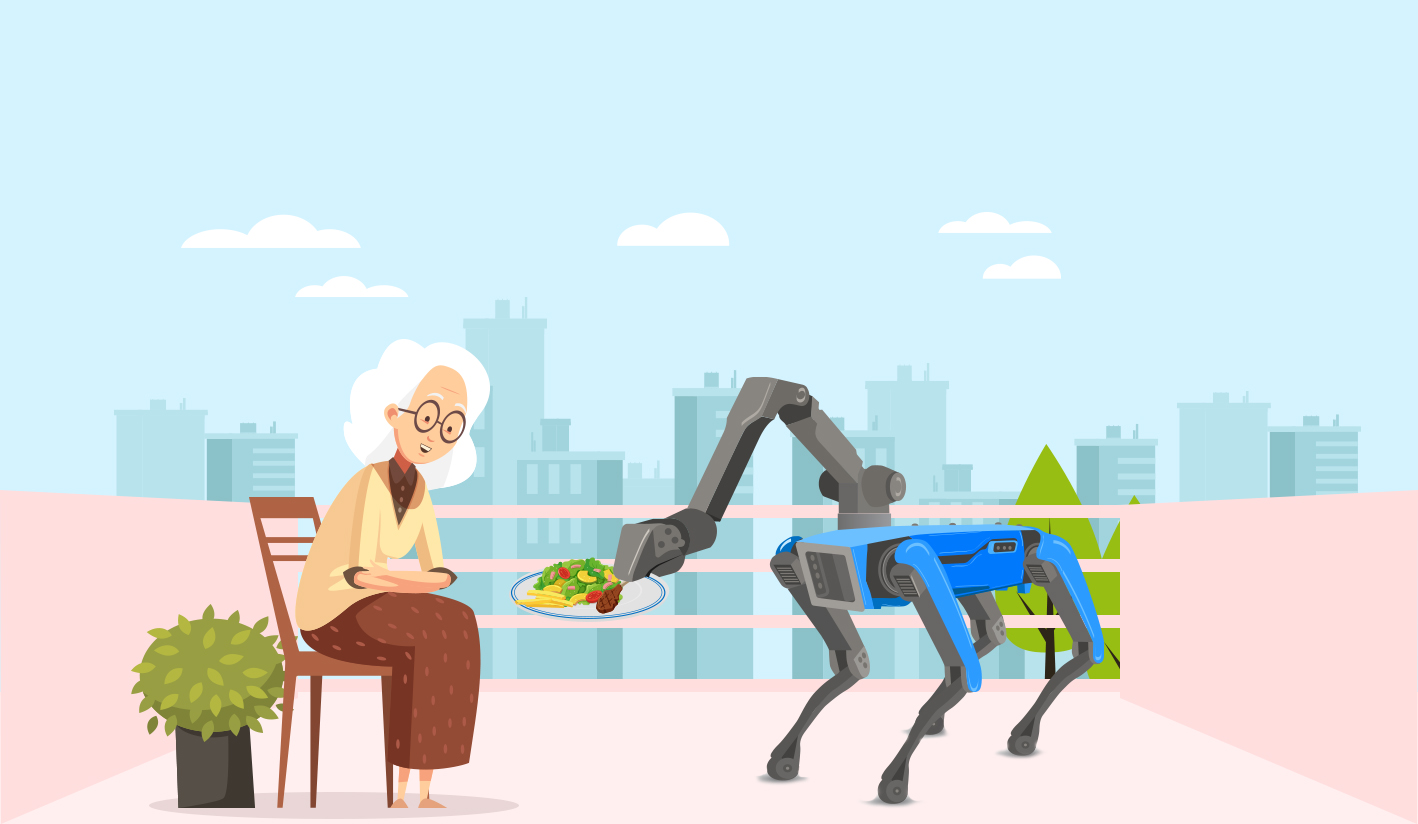
But what if an elderly person needs help because they are physically disabled? What if the need help to go to the bathroom? What if they need help managing a feed tube?
The solution to these problems is automation with the help of intelligent robots and smart IoT devices.
These smart IoT devices would resemble medicine dispensers, smart oxygenators, electric wheelchairs, automatic toilets, voice-assisted showers, automatic doors, liquid food generators.
Robots would help open doors, help walk, help use the bathroom, help go to bed, help take medicine, help refill the feed tubes.
Already Boston Dynamics (a robotics company) has shown promising droids that move around like people. Tesla has proven cars can drive themselves. Surgeries are being operated by robots.
And the cost of these systems is only going to go down. It is reasonable to assume they should cost no more than a laptop or a new iPhone.
Current care-bots, like those in Japan, lack real awareness and consciousness. They can’t formulate personality profiles from which to enhance individualized care. They can’t really move around.
However, this is achievable within the next decade. Eventually, seniors will be able to raise questions about their health, “How is my blood pressure?”, and the robot would respond, “Great! Now let’s go for a walk to keep up the good progress!”.
Bio-Sensors initial debut in Elder Care
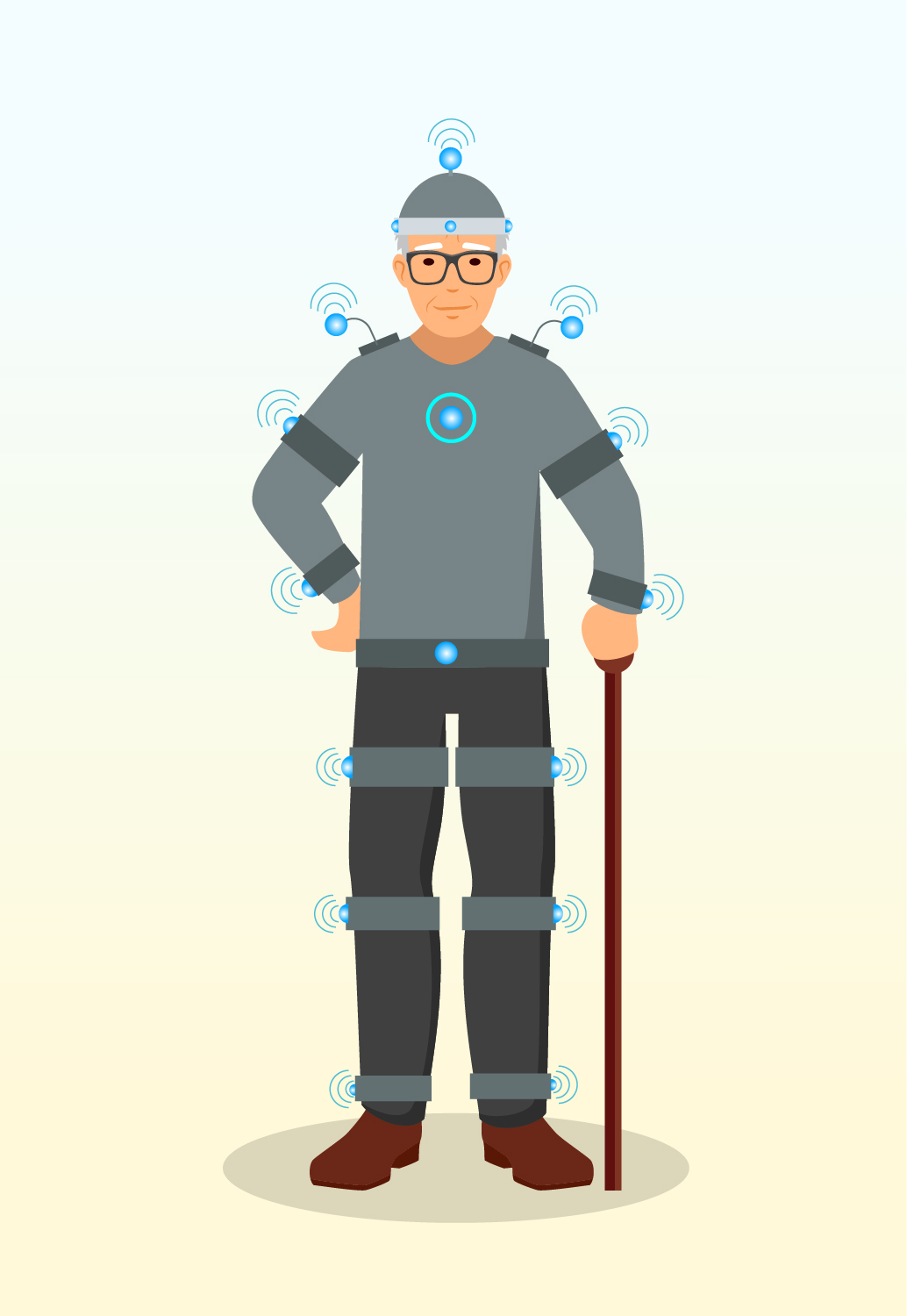

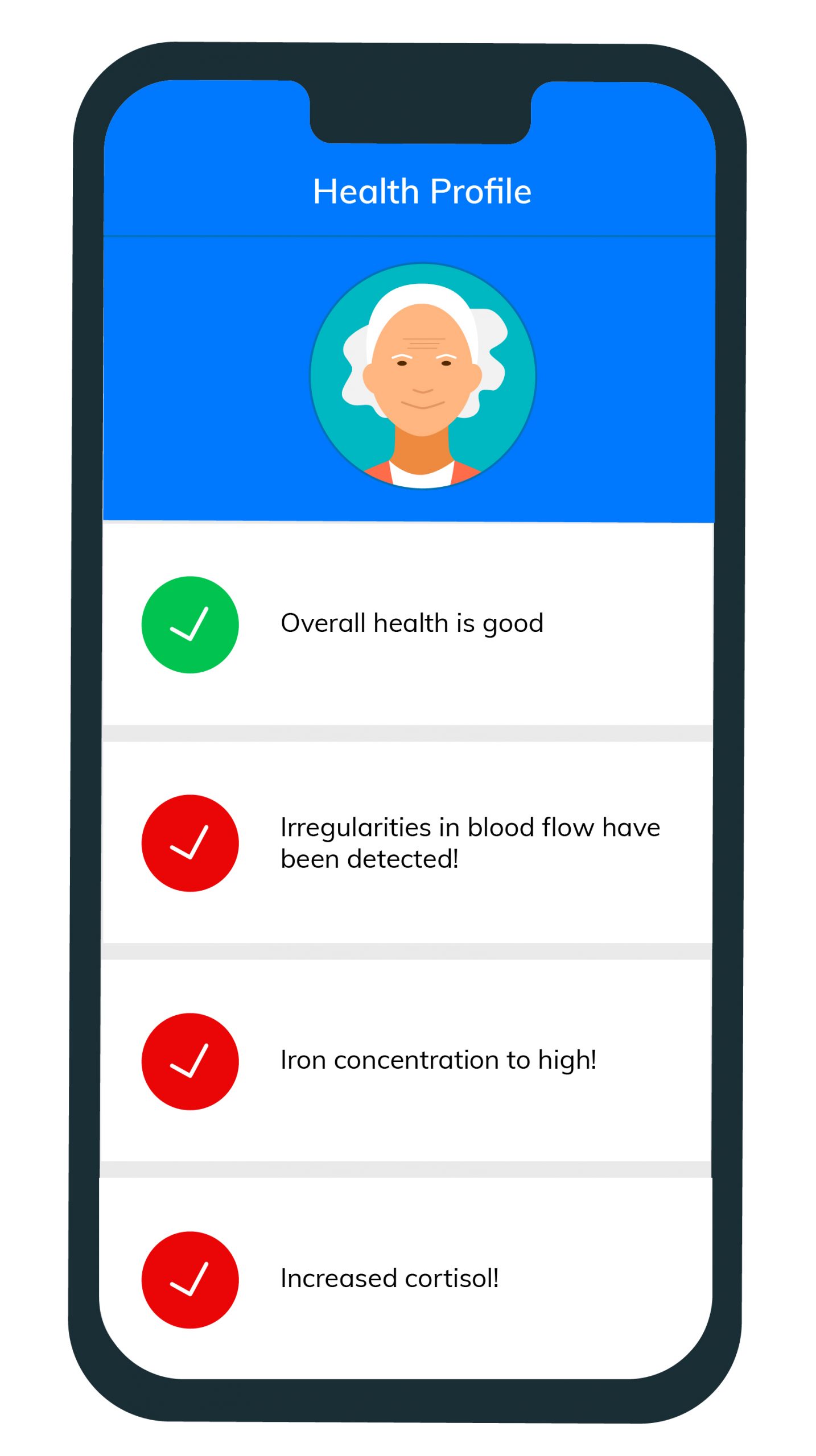
The body is a biological machine that needs to be maintained. Just like an airplane has thousands of sensors monitoring the health of the vehicle, making sure people don’t die in a crash, the body should have sensors keeping track of health.
These bio-sensors would start off as attachments to the body. Some systems like the apple watch keep track of the heart with EKG. But there are more possibilities. These sensors would have to get smaller and smaller. From bandage-like stickers to minuscule nanobots that map out the happenings of the human body.
Whenever a senior is experiencing or is about to experience a medical catastrophe, biosensors would detect it, and caretakers and 911 would already be on the way.
Eventually, seniors won’t have to get their blood constantly tested for glucose, electrolytes, hormone levels, white blood cell counts, viruses, bacteria after a 20 min drive to the doctor’s office. All this information will be easily accessible through a mobile app, that would then analyze it and offer insights.
New technologies like Neural Link from Elon Musk and competing devices would detect strokes before they happen and schizophrenic psychotic episodes a few minutes early. It would cure certain mental illnesses.
All this data will help in improving the quality of life of senior citizens
The Ecosystem
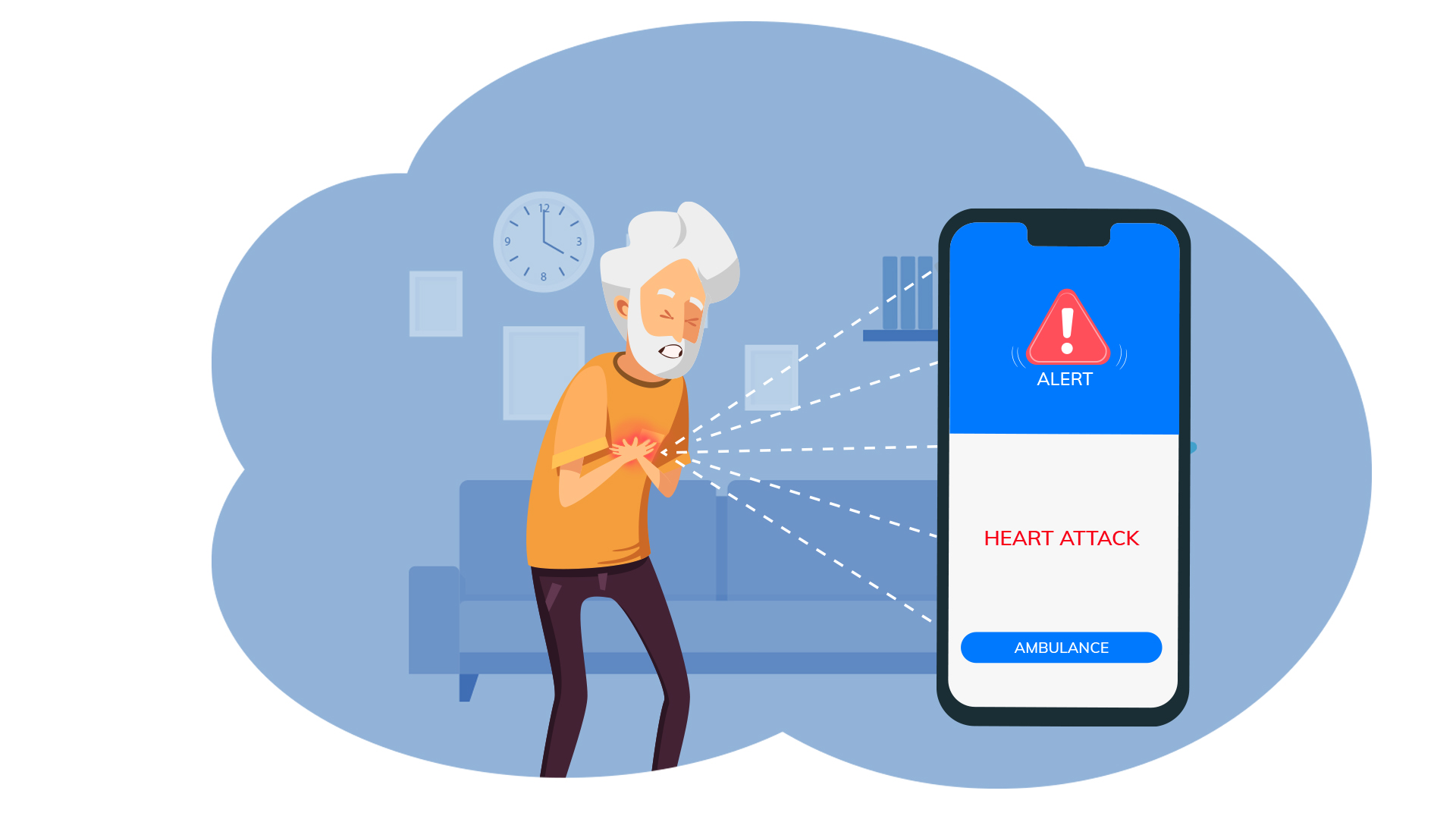
All these technologies are useful for themselves. But if combined, under one overarching ecosystem, have the power to maximize health and happiness.
When a senior presses a panic button, their voice would be analyzed, it sounds labored. The smart visual system is seeing the senior frozen, tapping his foot rapidly. The biosensors detect peculiar brain waves, odd heartbeats, a spike in certain hormones. The smart medicine dispensers recorded the senior consumed their prescriptions that day, and the carebot helped. Why is this happening?
It’s a stroke, the algorithms detected it.
The audio is immediately connected to caretakers and 911, instead of connecting to the caretaker first (saving time). Live information is being displayed for both, displaying vitals, state of mind, physical descriptions, medical conditions, address.
911 immediately sends out an ambulance. The paramedics are provided information about the senior, which medications they are allergic to.
All the while the robot is trying to keep the senior alive.
Luckily the senior was given help just on time. They are relatively fine, and it will take some time for them to recover.
After the incident, a report is generated. From all the data sources, what medications they were prescribed, whether they were consuming it, their emotional state up until that point, their physical activity, their bio-data points out spikes and irregularities.
This information is cross-referenced to other senior individuals across a vast population. The algorithms have detected a link between a certain medication, and an increased 40% chance of a stroke being induced.
After an FDA investigation, the drug is discontinued, and potential lives are saved.
While this may sound absurd, it’s all very possible, and it’s coming very soon.
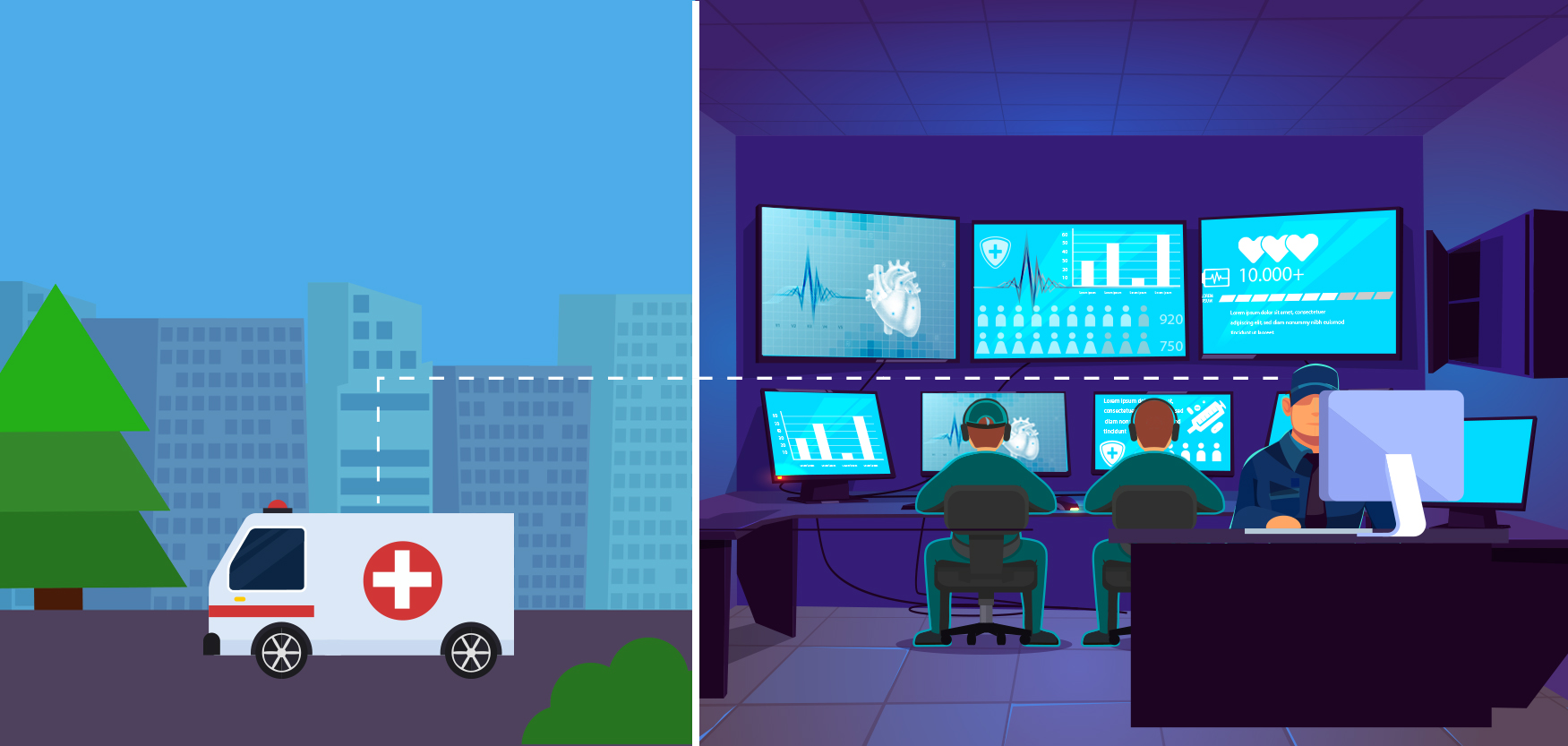
How do these technologies create more freedom?
While it is completely understandable and ok for seniors to need help, it is also reasonable to assume they would prefer otherwise. At-risk seniors as of now, struggle with dignity issues when another human is constantly watching and supervising.
Seniors would be free from the gaze of unneeded caretakers. They would be free of the financial burden typically associated with senior care. They would also be free of fear, as they are much safer with the help of advanced technology.
And as a result, they have the ability to lead more fulfilling lives.
What about privacy?
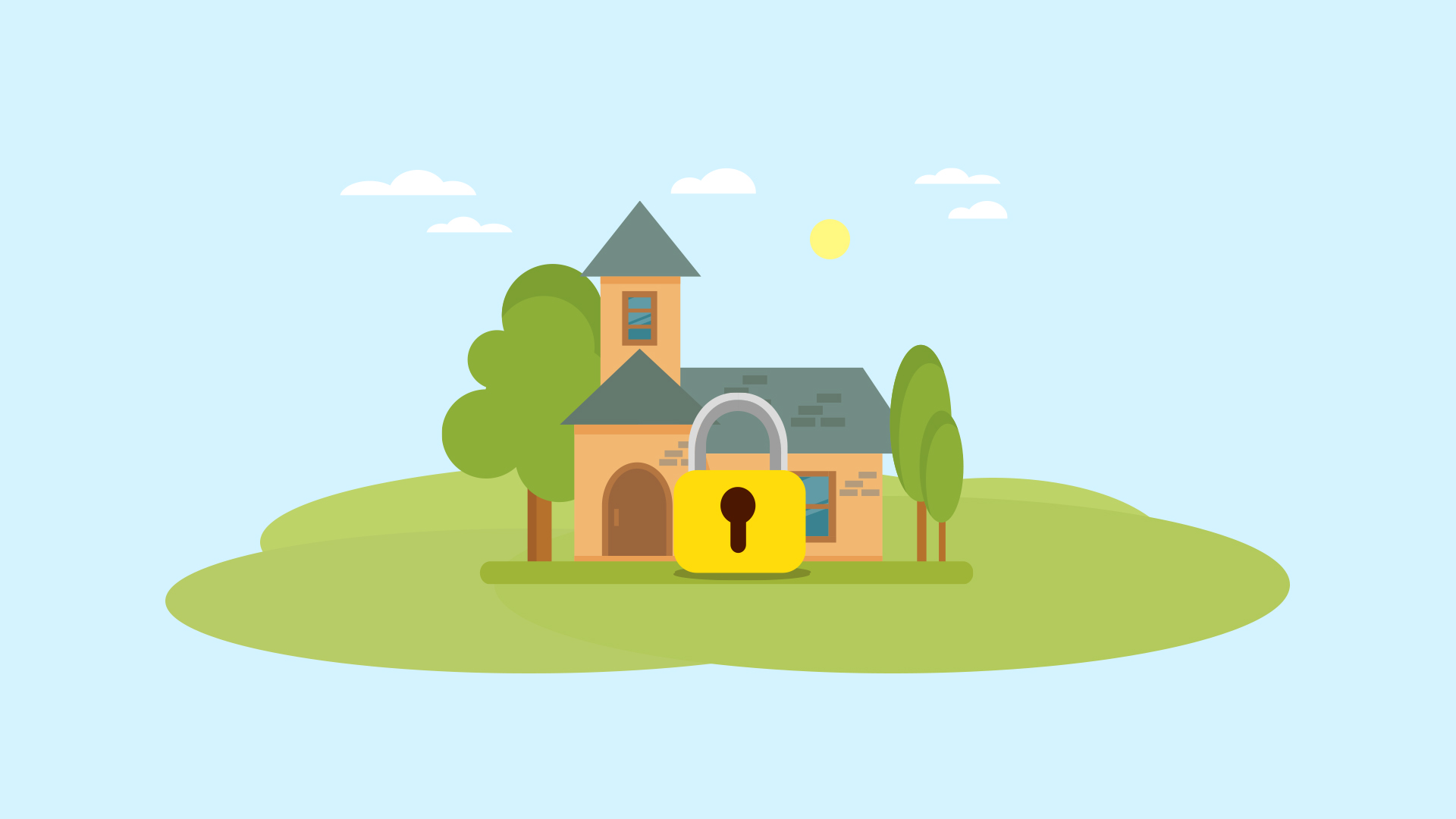
This may sound very black mirror, but this is the future, it is inevitable, and eventually, people are going to be ok with it.
As for all the personal information that is being processed by what is essentially massive health orientated artificial intelligence, it is actually very easy to protect this data. With the power of encryption, anonymization, blockchain, personal hash keys, and future innovations within the data security landscape, seniors can have access to all the benefits of optimization and unique tailoring, while also being completely private.
What does Salutus have to offer?
Salutus aims on providing advanced affordable technology for elder care. Look at the other articles to learn about Salutus’s aspirations.
As of now, we have the Knomi Panic Button GPS Tracker Device. The Knomi is a cellular panic button that can be used almost anywhere around the world. It can be used for 6 months before needing to be recharged.
During an emergency, seniors can press a panic button which would alert caretakers through our Salutus mobile app. From their caretakers can decide what to do. A software update will allow caretakers to create deep user profiles with medical conditions and other data that will be useful to 911 and emergency first responders. Caretakers will be able to connect with 911 through smart NG911 technology.
This innovation is just the first step. And with continued growth, the technical capabilities of our products will grow, and so will the lives of millions of senior citizens.

